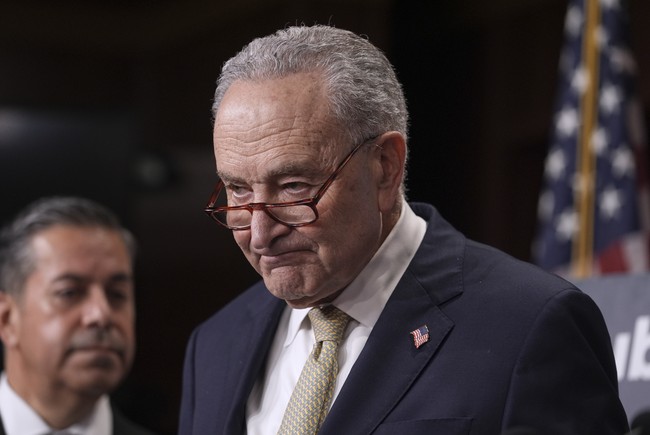The government reopened after a 43-day shutdown when President Trump signed a continuing resolution that funds the federal government through January 30, restoring pay and benefits to millions and putting a temporary pause on the political standoff that left families and businesses picking up the tab.
The shutdown ran 43 days and ended when a continuing resolution was signed to fund government operations through January 30, allowing furloughed federal employees to return to work and start receiving back pay. Some 42 million Americans who depend on federal nutrition assistance saw their benefits resume, and service members who went without timely pay will be made whole. The reopening eases immediate hardship, but the damage from the shutdown still matters for taxpayers and the broader economy.
At the signing, President Trump emphasized the recovery and pushed back on the politics behind the stoppage. He said, “The country has never been in better shape. We went through this short-term disaster with the Democrats because they thought it would be good politically. It’s an honor now to sign this incredible bill and get our country working again.” The message was clear: the White House framed the deal as an end to a politically driven interruption and a step toward stabilizing the nation.
Officials running the administration have tried to put a number on the cost of the so-called Schumer Shutdown, with economic advisers pointing to steep, measurable losses. Kevin Hassett, the director of The National Economic Council, told reporters at the White House the shutdown cost American taxpayers around $15 billion per week and totaled around $92 billion, and he said the pause shaved roughly 1 to 1.5 percent off growth while costing about 60,000 private-sector jobs. Those figures underscore that shutdowns are not just political theater; they transfer very real bills to households, employers, and future budgets.
Kevin Hassett also addressed general concerns about the economy and sought to reassure critics that policy moves were working to reverse the negative trends created earlier. He argued that policy changes have already slowed inflationary pressures and helped incomes rise, framing administration efforts as corrective after prior mistakes. The goal, according to those briefings, is to keep the economy on a steady course while policymakers fix the structural problems caused by years of poor decisions.
The first thing that we’ve done stopped the runaway inflation. The second thing we’ve done is we’ve pushed policies that have caused incomes to grow a lot. But we understand that people understand, as people look at their pocketbooks to go to the grocery store, that there’s still work to do.
🚨 JUST IN: The White House unveils the amount of DAMAGE done by the Schumer Shutdown
– Cost Americans $15 BILLION PER WEEK
– 5.2 MILLION airline passengers impacted
– 1.4 million federal workers went unpaid
– 42 million lost SNAP benefitsNEVER forget what Democrats did.
h/t… pic.twitter.com/COeelYe1YY
— Nick Sortor (@nicksortor) November 13, 2025
From a conservative standpoint, the shutdown was an avoidable injury imposed on ordinary Americans by partisan maneuvering and by a Democratic leadership that thought it scored political points. Democrats’ choice to weaponize programs like SNAP and delay benefits for millions of vulnerable people showed how quickly governing can be subordinated to political gamesmanship. Meanwhile, the White House framed the new funding as a reset to undo four years of bad policy and to get people and the economy moving again.
The human costs were immediate: delayed paychecks, frozen benefits, and uncertainty for businesses that make hiring and investment decisions based on stability. Beyond the headline numbers, the disruption hit family budgets, chilled small business plans, and created avoidable administrative burdens across state and federal agencies that taxpayers will ultimately have to pay to fix. Lawmakers now face the hard political fact that shutdowns are costly and painful for the people they serve, and that fiscal standoffs leave lasting scars on confidence and growth.






